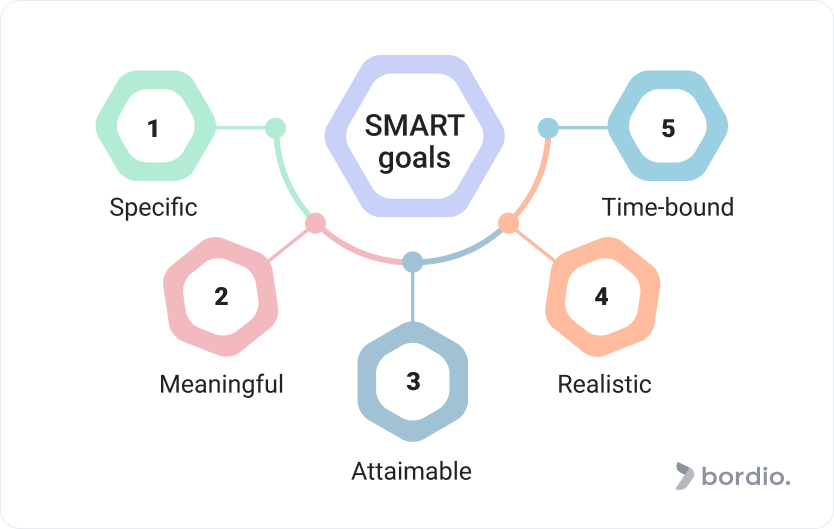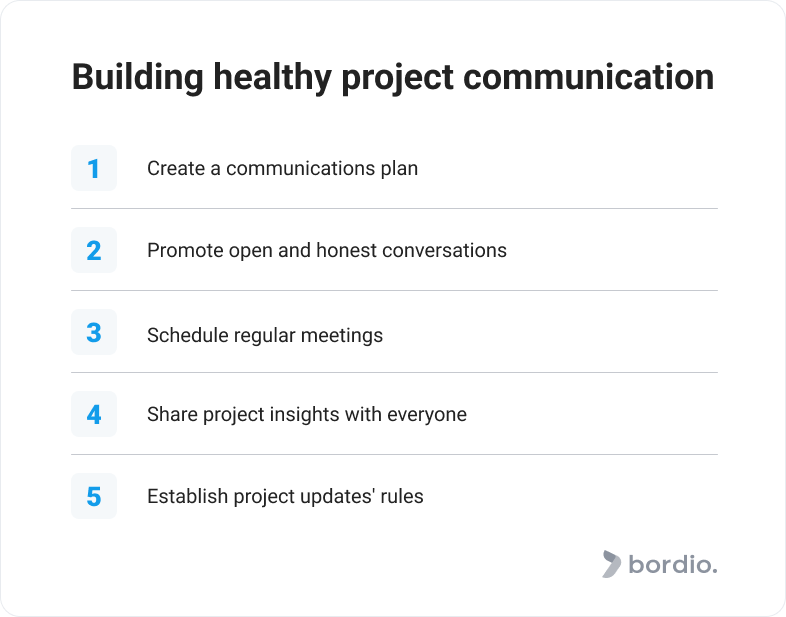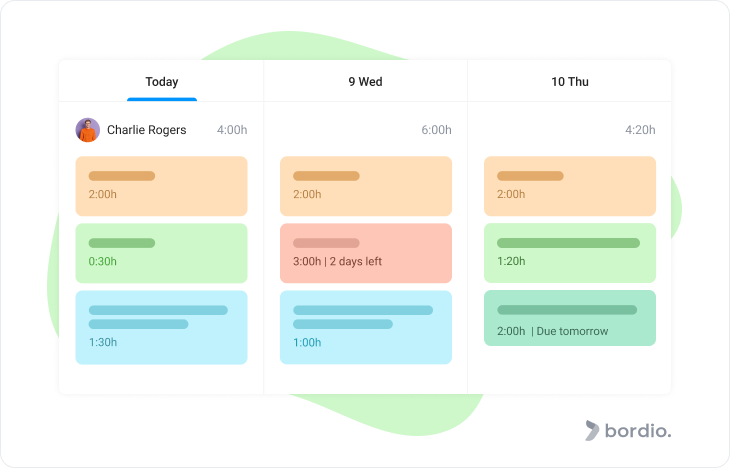Project management is like a safari in the wild. You never know what’s hiding in the bushes.
One day it’s a key employee handing in the 2-week notice, the next day it’s the accounting team notifying you that there’s only 1000 USD left in the budget with 20 000 USD more scheduled to spend.
Sounds scary, doesn’t it?
The good news is that you can learn about the most common and greatest challenges and prepare for them in advance. And the even better news is that we are here at your rescue! This article contains a list of the biggest project management challenges that every project manager, business owner, and linear employee should know. When mentioning this we advise you to use the help of b2b saas marketing agency.
Risk and change management is vital when working on projects. Once you are aware of the potential challenges, you can do your best to prevent them or have an action plan ready to mitigate the consequences.
So what are the key project management challenges?
The 10 common project management challenges listed below are probably known to all project managers. If you haven’t faced them yet in your career, you are in a good position to learn about them and mitigate their potential impact on your current and future work.
#1 No clear goals and objectives
Unclear expectations are frustrating.
When we have no idea where we are and where we’re going (and why), it leads to many project risks: scope creep, budget issues, poor communication, and resource waste.
How do we mitigate this challenge? First of all, we pay special attention to what key stakeholders are saying during the project planning phase. We identify and double-check all their wishes and wants, make sure they are doable with the resources we have, and we write everything down meticulously in the project plan made in the free schedule maker online.
Also, for goal setting, we can use the SMART goals technique to ensure the goals are not ambiguous and can be supported with clear KPIs and success metrics.
#2 Financial struggle
Financial issues are a nightmare for any project manager.
Uncontrolled spending coupled with a poorly planned budget equals financial disaster that can lead to the project being canceled or frozen (and the project manager – being fired).
To avoid this challenge:
- Dedicate enough time to budgeting in the planning stage.
- Ask suppliers for sample quotes.
- Involve experienced colleagues or fellow project managers who can share their knowledge.
- Budget for unexpected expenses or add 10% to all numbers.
#3 Resource struggles
Resources in general, not just the financial part, tend to be a challenge on projects.
You can have too small a team at your disposal or some of the key talent required for mission-critical feature development already booked on other projects or have a 3-week vacation scheduled and approved 6 months ago.
Resource shortage can turn into a disaster if there’s no extra budget or human resources to cover up. Make sure you check in with other managers if you work with cross-functional teams.
When planning the project and doing the project scope, make sure you plan resources after the main deliverables for the project are discussed and approved with stakeholders. Use daily tasks tracker to plan ahead. It would be bad if you’ve approved the team and hiring budget first, only to have an email from management three days later where they listed more things they want you to complete.
Talk to experts or experienced project managers and ask them to review your estimations.
Always take at least 30% extra time and budget for the project. As much as 90% of all projects fail to be delivered on time and on budget. If you’re not a project management guru, you have a high chance of ending up in the 90% pool.
#4 Scope creep
Scope creep is one of the biggest risks for a successful project. It is a situation where the project’s requirements add up and increase as the project timeline goes.
How to avoid scope creep? Planning, planning, and planning!
Project planning is the best remedy for project creep. The better you understand requirements and stakeholders’ expectations, the less likely you are to end up with a list of extra features to be released.
But don’t stop once you’ve completed the project planning phase. Make sure you track small changes as well as big ones throughout the project’s lifetime. It’s usually the little things that we deem too insignificant to care about that result in huge problems.
Have a clear planned schedule in your online calendar planner with all steps lined up, use timelines, do your best to set realistic goals and deadlines (make them challenging but doable), and set milestones. All those project management tools will help you stay in control. We really recommend using the best online planners, such as simple weekly schedule planner planner or simple daily schedule planner from Bordio.
Lastly, do the proper stakeholder management. Meet with them often, get written approvals for everything, and build change and risk management plans and algorithms. If there is a procedure in place for new requests, you can formally review and decline some of them without causing tension with any of the project stakeholders.
Tip: go through our project scope guide where we outline all basics and tips of successful project scoping.
#5 Communication issues
Oh, the good old communication issues! In project management, it’s either people not talking to each other or doing it in a toxic way or not knowing who to reach out to for guidance and advice. Such situations are sadly rather common and they have a significant negative impact on the project’s progress.
When project team members and stakeholders don’t communicate properly, there’s a higher chance of creating a redundant product, or, worst-case scenario, the project failure!
Here are the tips for building effective communication for successful project completion:
- Create a communications plan with everyone’s contacts and guidelines.
- Prioritize open and honest conversations in meetings and 1-on-1 conversations, and communicate it to team members regularly.
- Schedule periodic meetings (i.e. daily stand-up in Scrum) in everyone’s online weekly planners to catch up.
- Have shared dashboards and other project documents for extra transparency.
- Specify rules for project updates (when, where, and how often) to avoid unnecessary pinging and pushing, and lower the tensions among the team members. This can be monitored through time management systems.
- What has been done last week and what is going to be done this week?
- Compare your current progress against the original plan.
- Ensure you are still within the schedule, and how can you fix it if you’re falling behind.
- What to do if your team’s accountability is unacceptable?
- Transparency – all project-related dashes and reports should be available to the team 24/7 with anyone being able to check who’s doing what, task co-dependencies, and having owners assigned to tasks.
- Run daily meetings with status updates and longer group meetings for when a certain project phase is finished, like Sprint Retrospectives in Scrum.
- If you work with Agile project management, there might not be a strict roles and responsibilities system in your project team, but still, you must always know more or less who does what. Make a list and add it to the project notes or the communication plan.
- Accountability shines through when something goes wrong and people start blaming one another. One way to fix that is to introduce positive accountability through recognizing when things are going well (the project is on schedule, someone managed to finish a big fat task without problems, a team member is rocking with productivity and creative ideas that enhance the project).
#6 Inefficient workflow
Inefficient workflow is scary in project management. We waste time, we waste resources, and we are not getting closer to our end goals.
How can we fix and improve inefficient workflow? It all starts with a proper project plan and the right project management techniques, such as the critical path method, identifying task priorities and codependencies, Gantt charts, Kanban boards, and task automation.
Tip: many inefficiencies become history with the right project management software. Solutions like Bordio allow project teams to have a single portal for all project-related info and activities, build powerful to-dos, view everyone’s progress and workload, and collaborate easily.
Set weekly meetings with your team for inefficiency maintenance and discuss:
Tip: If you see that you are at risk of missing the deadlines, it’s best to find out about it sooner. Then you can start brainstorming the rescue plan and use a selected project management tool to get back on track, such as fast-tracking. You can also notify stakeholders about possible project delays. Trust us, it’s best to keep them in the loop than wait until the end and find yourself in a very bad position.
#7 Unrealistic deadlines
Unrealistic deadlines can be a result of bad planning, optimism bias, wishes of key stakeholders, or last-minute changes and new requests added to our online to-do lists when there is no capacity for them.
Try to avoid this at all costs in the beginning. Plan well and add wiggle room similar to what we recommended for the financial challenge – if you think you need a week to complete the project add 20-30% of the time to it and sleep tight. Things tend to go wrong or take longer or both! Why put yourself under extra stress when you can avoid it?
Add project milestones to the timeline in addition to tasks and goals. An extra layer of push and motivation for everyone to work hard and do their best.
Talk to stakeholders and management. If they insist on certain timeframes – get to the root cause of why that date is important for them. Try to negotiate a more realistic deadline or compromise – they’ll either have to agree on fewer features or approve the additional budget for staff and other resources.
To deal with this challenge both proactively and reactively, implement daily planning software like Bordio where you can track the team’s workload and balance it between team members. Use features like time blocking to help employees do the work more efficiently and not have 20 hours worth of work to submit in 3 hours, so they run around like a headless chicken.
#8 Low team motivation
Low project team motivation results in major issues like poor quality and less creative products, and daily struggles, such as team tasks taking longer to complete and submit.
To combat this common project management challenge, try different management styles and watch the entire team – identify what causes low motivation and fix it. If the source of low motivation is unclear, talk to team members privately or together in a group meeting.
Every team member needs to understand what you’re doing as a team and why it’s important. There is a book called “Start with why”, which explains the connection between understanding the true reason why you’re doing something and productivity. Extrinsic motivation, such as money, is a bad motivating factor when the project is just not interesting for your team members. As a manager, do your best to make everyone excited about the successful project implementation process and the outcome.
Everyone should understand how the entire project is going, stay on top of the changes, and see how their work impacts the project’s progress.
#9 Lack of accountability
Accountability in the workplace is important because it prevents procrastination and ensures work gets done. With it, there is no blame game if something goes wrong – employees take responsibility and fix it.
#10 Insufficient skills of team members
Whether a project manager is handed an assembled project team or hires from scratch, nobody is immune to having people in the team who are lacking the necessary expertise to excel at their job. If that happens to your project, you get all sorts of challenges and project risks, such as delays, errors, or mediocre deliverables.
How do we avoid and fix it? Pay close attention to the previous experience of the project team, interview people, and consult with their managers if you deploy somebody from another department for your project. Offer help and mentorship, and invest in education and project management training for everyone.
How to be a better project manager?
As you go through the challenges, you might question yourself and fall down the imposter syndrome rabbit hole.
We don’t want that for anyone! Project management is by nature tricky and hard, and all projects are unique. So if you’ve mastered one project, there is no guarantee that the next one will be easier and better. It probably doesn’t sound very encouraging (sorry!) but it’s true.
Perhaps because of all those difficulties and challenges, it takes project managers a long time to get comfortable. To help you speed this process up and overcome project management challenges easier, we prepared a short list of tips that will help you on this journey.
Tip 1: Continuous learning should be your motto!
No project is the same, so lessons you’ve learned in the previous projects might not help in the future. Also, project management requires tons of various skills and knowledge. You should have emotional intellect, be good with technology, and ideally understand well the niche and industry you’re working in.
Sub-tip: don’t just learn but implement your new knowledge! For example, if you’ve read one of the project management books from our list, and found out about a new project management methodology, then see how you can integrate it into your work from day one. Knowledge is useless if we don’t apply it.
Tip 2: Look for automation and technology to make your life easier
Project managers have tons of responsibilities, so they are always busy. The last thing you need is being stuck doing repetitive manual tasks that could have easily been automated with the right project management software.
A good project management tool can free your time for Tier 1 tasks and important issues.
Final thoughts on biggest project management challenges
Challenges are inevitable in project management. It is both fun and scary that project management challenges tend to get progressively more difficult as the project timeline goes. We recommend that you try implementing task maker from Bordio into your office work.
It’s not always easy to view problems as a learning experience or a blessing, especially when your job depends on it, but project managers must exercise their positive attitude to troubleshooting because only then are they going to become masters of the game.






